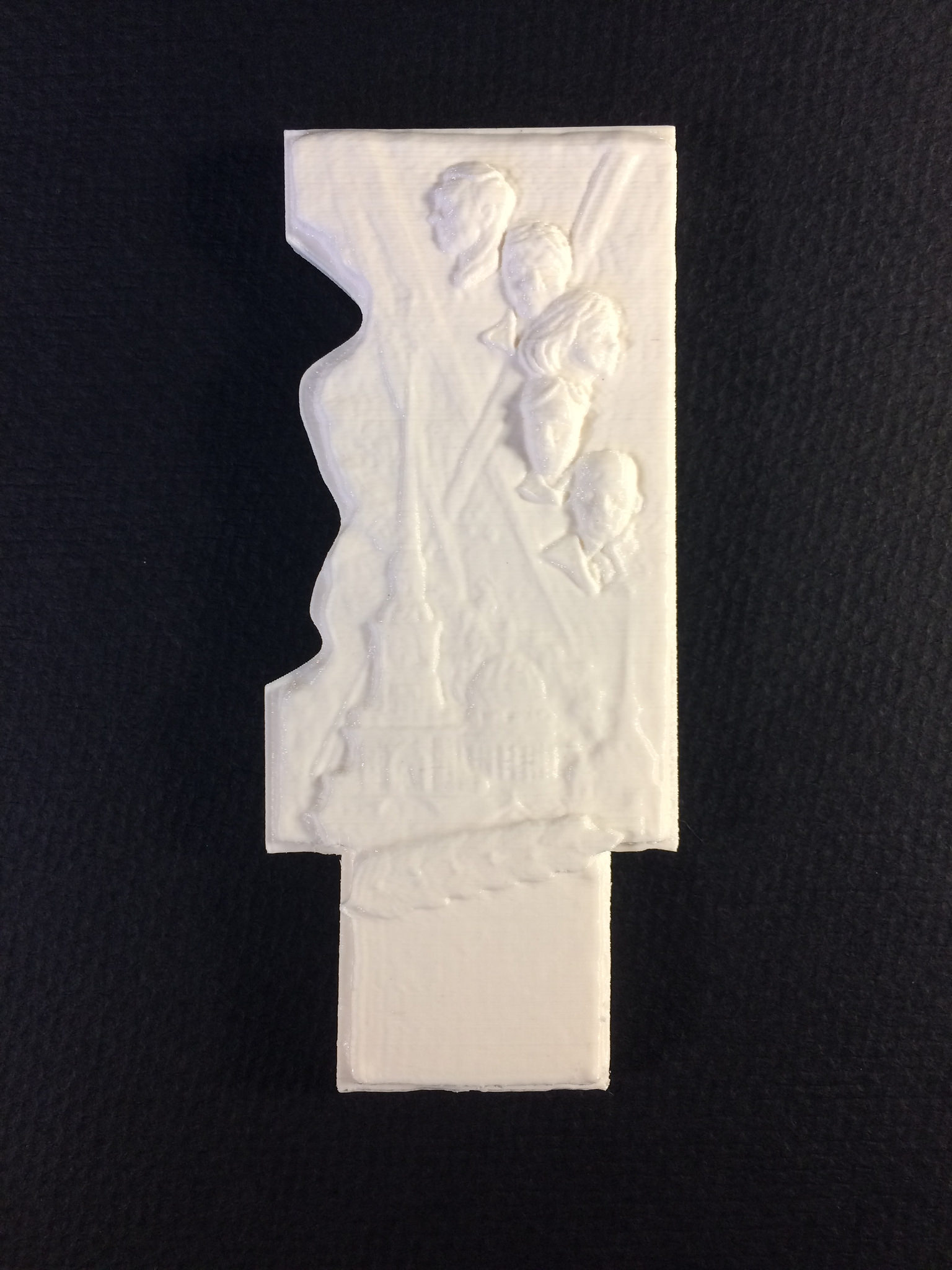
Relief: Defenders of Leningrad
myminifactory
This relief is a memorial for the defenders of the Siege of Leningrad, also known as the Leningrad Blockade, which was a prolonged military blockade undertaken mainly by the German Army Group North against Leningrad, historically and currently known as Saint Petersburg, in the Eastern Front theatre of World War II. The siege started on 8 September 1941, when the last road to the city was severed. Although the Soviets managed to open a narrow land corridor to the city on 18 January 1943, the siege was only lifted on 27 January 1944, 872 days after it began. It was one of the longest and most destructive sieges in history and possibly the costliest in terms of casualties.The Leningrad Front (initially the Leningrad Military District) was commanded by Marshal Kliment Voroshilov. It included the 23rd Army in the northern sector between the Gulf of Finland and Lake Ladoga, and the 48th Army in the western sector between the Gulf of Finland and the Slutsk–Mga position. The Leningrad Fortified Region, the Leningrad garrison, the Baltic Fleet forces, and Koporye, Southern and Slutsk–Kolpino operational groups were also present. To sustain the defence of the city, it was vitally important for the Red Army to establish a route for bringing a constant flow of supplies into Leningrad. This route was effected over the southern part of Lake Ladoga and the corridor of land which remained unoccupied by Axis forces between Lake Ladoga and Leningrad. Transport across Lake Ladoga was achieved by means of watercraft during the warmer months and land vehicles driven over thick ice in winter (hence the route becoming known as "The Ice Road"). The security of the supply route was ensured by the Ladoga Flotilla, the Leningrad PVO Corps, and route security troops. Vital food supplies were thus transported to the village of Osinovets, from where they were transferred and transported over 45 km via a small suburban railway to Leningrad. The route would also be used to evacuate civilians from the besieged city. This was because no evacuation plan had been made available in the chaos of the first winter of the war, and the city was completely isolated until 20 November 1941, when the ice road over Lake Ladoga became operational. This road was named the Road of Life. As a road it was very dangerous. There was the risk of vehicles becoming stuck in the snow or sinking through broken ice caused by the constant German bombardment. Because of the high winter death toll the route also became known as the "Road of Death". However, the lifeline did bring military and food supplies in and took civilians and wounded soldiers out, allowing the city to continue resisting their enemy.
With this file you will be able to print Relief: Defenders of Leningrad with your 3D printer. Click on the button and save the file on your computer to work, edit or customize your design. You can also find more 3D designs for printers on Relief: Defenders of Leningrad.
